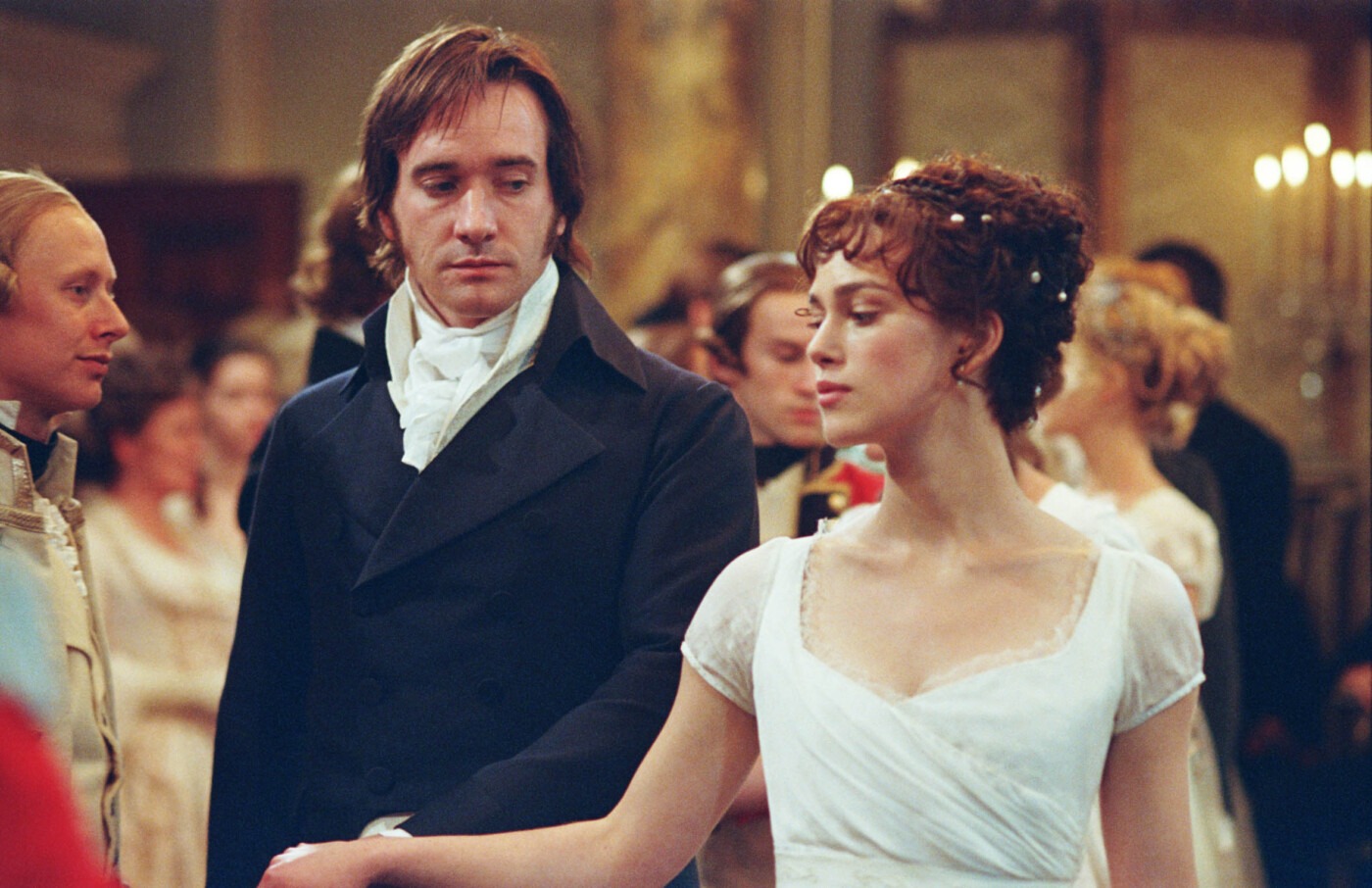Enemies to lovers: an in-depth exploration of a popular trope
Ah, enemies-to-lovers: it’s perhaps the most contentious romance trope of all, but that’s what makes it so enthralling. Although a mainstay of romance novels, it has also made its way into other genres: fantasy, classics and historical fiction to name a few. It keeps the reader on the edge of their seats with the inevitable drama it provides and it allows for some satisfying character growth. If you think that it’s just a vacuous craze born out of BookTok, however, that’s where you’re wrong.
Although enemies-to-lovers may seem like a recent phenomenon, this trope has entertained readers for centuries. A classic example is Pride and Prejudice, an 1813 romance novel that focuses on witty Elizabeth Bennet and the mysterious Mr Darcy. Elizabeth’s hatred for Darcy begins when she overhears him talking to Mr Bingley about her – “She is tolerable, I suppose, but not handsome enough to tempt me.” As events unfold in the novel, Elizabeth grows to despise Darcy more and more while Darcy finds himself increasingly attracted to Elizabeth’s charm and intelligence. And, eventually, Elizabeth discovers Darcy’s true character and falls in love with him. This storyline is gripping not only for its sassy witty banter but also for its character growth (it takes quite a bit of character growth to try to change your opinion about someone you despise).
Some say that enemies-to-lovers is an unrealistic trope, but I believe that, if done well, it can be convincing. The best way that writers do this is by creating a midpoint friendship. It can feel rather jarring for two characters to go from hate to love in a matter of chapters. A period of friendship helps to build a foundation for their relationship. My favourite example of the midpoint friendship in enemies-to-lovers is Gilbert Blythe and Anne Shirley from the Anne of Green Gables series. After years of being sworn enemies with Gilbert because he called her ‘carrots’, Anne finally agrees to be friends with Gilbert when he gives up the Avonlea School so she can stay close to Marilla. A few years later, Anne falls in love with him, musing, ‘Perhaps love unfolded naturally out of a beautiful friendship, as a golden-hearted rose slipping from its green sheath.’
Nothing brings suppressed romantic feelings to the surface like jealousy – when the person you “hate” gets together with somebody else, it makes for some tantalising tension and a tangled mess of confused feelings to sort through.
Another thing I love about enemies-to-lovers stories is when the lovers-to-be are forced into spending time together. This is key to relationship development in Red, White & Royal Blue. After photos of a confrontation between First Son Alex Claremont-Diaz and Prince Henry Fox-Mountchristen-Windsor threaten American-British relations, the plan for damage control is to stage a fake friendship between the two, much to their disgust and secret delight.
A classic addition to the enemies-to-lovers novel is having a third person in the picture. Nothing brings suppressed romantic feelings to the surface like jealousy – when the person you “hate” gets together with somebody else, it makes for some tantalising tension and a tangled mess of confused feelings to sort through.
Inevitably, enemies-to-lovers has become a favourite for fanfiction lovers, with dozens of stories on Wattpad dedicated to fanfiction romances. Popular ships include Draco Malfoy and Hermione Granger (reinforced by the fact that Emma Watson, the actress for Hermione, had a crush on Tom Felton, the actor for Draco) and ‘Reylo’-inspired stories (The Love Hypothesis, for example, is inspired by Kylo Ren and Rey).
However, some people don’t like this trope because of its potential to portray toxic behaviour as not too serious. Can we really expect a healthy relationship to form after bullying and revenge? Can we expect Hermione to fall for Draco after he called her a Mudblood? Nevertheless, I feel like most readers can discern the difference between salty burns and verbal abuse, so I just avoid the books that sound toxic and go for those which are lighter and more enjoyable to read. There is also the common criticism that this trope creates unrealistic hopes for readers, and while this may be true to some extent, most readers are drawn to this trope because it is unlikely in real life – that’s what makes it so interesting. Literature is often a joyous escape from the monotony of everyday life, so enemies-to-lovers fits seamlessly into this escapist hobby.
My favourite thing about the enemies-to-lovers trope is how it makes a writer create intriguing imperfect characters. For enemies-to-lovers to work, there has to be something to hate – whether it’s an irksome quirk or a pompous personality – and this makes for an interesting novel as there is room for character growth (and also, annoying characters can be entertaining).
Whether you love watching a never-ending game of one-upmanship (Lucy Hutton and Joshua Templeman from The Hating Game) or exchanges filled with sassy insults (Anthony Bridgerton and Kate Sharma from Bridgerton), there is always something to love about the enemies-to-lovers trope.

Comments